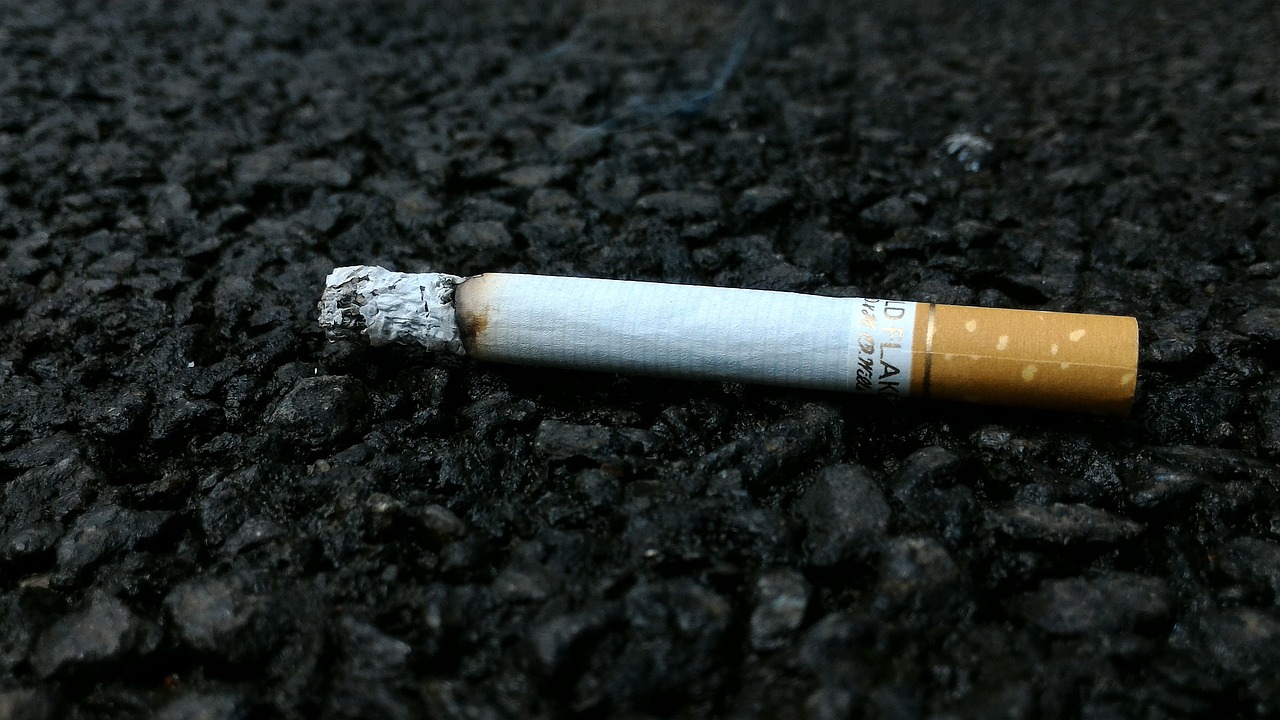Smokeless Tobacco Keratosis Causes Symptoms – Smokeless tobacco keratosis, also known as snuff dippers’ lesion, is a common oral condition caused by the use of smokeless tobacco products. It is characterized by the development of white or grayish patches on the oral mucosa, particularly in areas where the tobacco is held or chewed. This article aims to provide a comprehensive overview of smokeless tobacco keratosis, including its causes, symptoms, and available treatment options.
What is Smokeless Tobacco Keratosis?
Smokeless tobacco keratosis refers to the presence of white or grayish patches in the oral cavity, particularly in individuals who use smokeless tobacco products such as snuff, chewing tobacco, or snus. These patches are often thickened and rough in texture and can vary in size and shape. Smokeless tobacco keratosis is considered a precursor to more serious oral conditions, including oral leukoplakia and oral cancer.
Causes of Smokeless Tobacco Keratosis
The primary cause of smokeless tobacco keratosis is the use of smokeless tobacco products. These products contain various harmful substances, including tobacco-specific nitrosamines (TSNAs) and other carcinogens, which can irritate the oral mucosa and lead to the development of keratotic lesions. Prolonged exposure to these substances increases the risk of developing smokeless tobacco keratosis.
Symptoms of Smokeless Tobacco Keratosis
The most common symptom of smokeless tobacco keratosis is the presence of white or grayish patches in the oral cavity. These patches may appear on the inner cheeks, gums, tongue, or other areas where the smokeless tobacco is held. In some cases, the patches may become ulcerated or exhibit redness and inflammation. Other symptoms can include a burning or stinging sensation and an altered sense of taste in the affected areas.
Diagnosis and Evaluation
To diagnose smokeless tobacco keratosis, a thorough oral examination is conducted by a dental or medical professional. The healthcare provider will visually inspect the oral cavity for the presence of white or grayish patches and evaluate their size, shape, and texture. In some cases, a biopsy may be performed to rule out other potentially malignant conditions. The biopsy involves taking a small tissue sample from the affected area for microscopic examination.
Treatment Options for Smokeless Tobacco Keratosis
The primary treatment for smokeless tobacco keratosis is the cessation of tobacco use. Quitting smokeless tobacco is essential to prevent the progression of the condition and reduce the risk of developing oral cancer. Additionally, healthcare professionals may recommend topical medications or mouth rinses to help alleviate symptoms and promote healing of the affected areas. Regular follow-up appointments are crucial to monitor the progression of the condition and ensure timely intervention if needed.
Prevention and Lifestyle Changes
Preventing smokeless tobacco keratosis involves avoiding the use of smokeless tobacco products altogether. If you are currently using these products, it is strongly advised to quit as soon as possible. Consider seeking support from healthcare professionals, support groups, or smoking cessation programs to increase your chances of successfully quitting. Adopting a healthy lifestyle, including a well-balanced diet and regular oral hygiene practices, can also contribute to the prevention of smokeless tobacco keratosis.
The Impact of Smokeless Tobacco Keratosis on Oral Health
Smokeless tobacco keratosis not only poses a risk for the development of oral cancer but also has other detrimental effects on oral health. Prolonged use of smokeless tobacco products can lead to gum recession, tooth decay, and periodontal diseases. The harmful substances present in these products can also stain teeth, cause bad breath, and contribute to the development of oral infections. It is crucial to be aware of these risks and take appropriate measures to protect your oral health.
Conclusion
Smokeless tobacco keratosis is a common oral condition associated with the use of smokeless tobacco products. It is characterized by the presence of white or grayish patches in the oral cavity, and if left untreated, it can progress to more severe conditions like oral cancer. The most effective treatment for smokeless tobacco keratosis is quitting tobacco use altogether. It is crucial to raise awareness about the risks associated with smokeless tobacco and promote healthier alternatives to protect oral health.
Frequently Asked Questions (FAQs)
- Can smokeless tobacco keratosis lead to oral cancer?
- Yes, smokeless tobacco keratosis is considered a precursor to oral cancer. Prolonged use of smokeless tobacco products significantly increases the risk of developing oral cancer.
- Are there any non-tobacco alternatives for smokeless tobacco users?
- Yes, there are several non-tobacco alternatives available in the market, such as nicotine gum, nicotine patches, and nicotine lozenges. These alternatives can help individuals quit smokeless tobacco use.
- Can smokeless tobacco keratosis heal on its own?
- In some cases, smokeless tobacco keratosis may regress or heal on its own after tobacco cessation. However, it is essential to seek professional evaluation and follow-up to ensure proper management.
- Can smokeless tobacco keratosis be prevented if I switch to e-cigarettes?
- While e-cigarettes may have a lower risk profile compared to traditional tobacco products, they are not completely risk-free. The best approach is to avoid all forms of tobacco and nicotine-containing products.
- How often should I have follow-up appointments after quitting smokeless tobacco?




